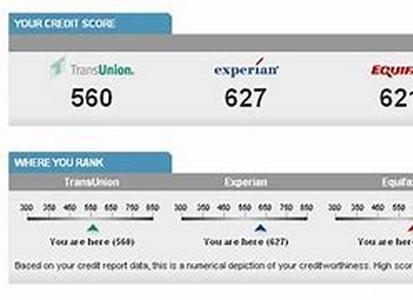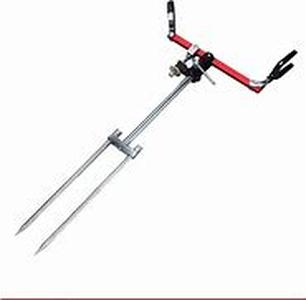
Drag Line Excavator Systems Are Heavy Machinery Thatis Used In Civil Engineering, Surface Mining, Andexcavation. With Civil Engineering, The Smallertypes Are Used For Road And Port Construction. Thelarger Types Of Drag Line Excavators Are Used In Strip Mining Operations To Extract Coal. These Areamong The Largest Types Of Mobile Equipment Andweigh Upwards Of 10,000 Tons!The Drag Line Excavator Bucket System Consists Ofa Large Bucket That Is Suspended From A Boom. Thebucket Is Moved By A Number Of Chains And Ropes. Thehoisting Rope, Which Is Powered By Either A Largediesel Or Electric Motor, Will Support The Bucket And Hoist Coupler Assembly From The Boom. The Drag Rope On The Assembly Is Used To Draw The Bucketassembly Horizontally. Through Skillful Maneuveringof The Hoist And Drag Rope, The Bucket Can Be Controlled For Many Different Types Of Operations.OperationWith A Typical Excavation Cycle, The Bucket Ispositioned High Above The Material That Is Beingexcavated. The Bucket Is Then Lowered Down And Thedrag Rope Is Drawn So That The Bucket Is Draggedalong The Materials Surface. Using The Hoist Rope,the Bucket Is Then Lifted. A Swing Operation Is Then Performed In Order To Move The Bucket To Theplace Where The Material Is Going To Be Dropped.The Drag Rope Is Then Released Which Will Cause Thebucket To Tilt, Making The Material In The Bucketfall Down, Which Is Commonly Known As A Dump Operation.With Smaller Drag Line Excavators, The Bucket Isthrown By Winding Up The Jib Then Releasing Aclutch On The Drag Cable, Which Swings The Bucketlike A Pendulum. Skillful Operators Can Make Thebucket Land About 12 The Length Of The Jib Furtheraway Than If It Had Just Been Spun Or Dropped.LimitationsThe Limitations Of Drag Line Excavators Are Theheight And Length Of Their Boom, As This Limitswhere The Drag Line Can Dump Waste Material. Beinginherent With Their Construction, The Drag Lineis Most Effective When Excavating Material Below The Level Of Their Tracks. Drag Lines Aren't Suitable For Loading Piled Up Material.Despite Their Limitations And High Capital Cost,drag Line Excavators Remain Very Popular Withseveral Mines, Due To Their Very Low Waste Removalcost, Performance, And Reliability.They Also Have Different Cutting Sequences. Thefirst Is The Side Casting Method Which Uses Offest Benches. This Method Involves Throwingthe Overburden Sideways Onto Blasted Material Tomake A Bench. The Second Method Is A Key Pass. This Pass Willcut A Key At The Toe Of The New Highwall And Willalso Shift The Bench Further Towards The Lowwall. This Can Also Require A Chopping Pass If Thewall Is Blocky. A Chopping Pass Will Involvethe Bucket Being Dropped Down Onto An Angled Highwall To Scale The Surface. The Next Method Is The Slowest, Known As The Blocks Pass. This Method Will However, Move Themost Material. The Blocks Pass Involves Using The Key To Access The Bottom Of The Material Tolift It Up To Spoil Or To An Elevated Benchlevel. If Required, The Final Cut Is A Pullback, Which Pulls The Material Back Further Tothe Low Wall Side.For Construction, Mining, Or Excavation, Drag Lineexcavators Are Great To Have. They Can Move Eventhe Biggest Of Material, Which Is Great For Deep Holes In The Ground. If You've Been Looking For Agreat Way To Maximize Mining Or Excavation Productivity,the Drag Line Excavator Is Just What You Need.PPPPP(word Count 594)





